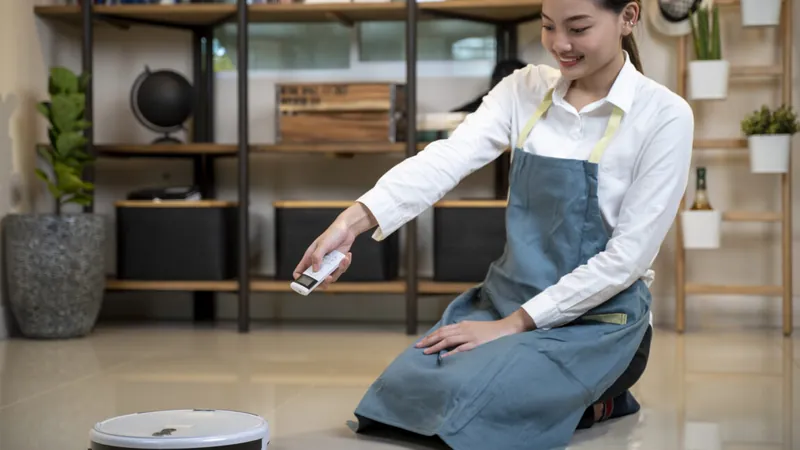
Robots Eating Robots: The Futuristic Concept of Machine Metabolism
2025-07-27
Author: Sophie
Rethinking Robot Intelligence
For years, scientists have aimed to enhance robots by mimicking the intelligence and movement found in nature. Philippe Wyder, a prominent researcher at Columbia University, believes it's time to shift our focus from merely copying biological outcomes to replicating biological processes. His groundbreaking team has developed a robot that utilizes a primitive form of metabolism, enabling it to 'consume' other robots to evolve and improve.
Inspired by Nature's Wonders
Wyder's innovative approach combines several cutting-edge concepts in AI and robotics. He draws from 'artificial life'—a field dedicated to studying evolution through simulations—and the idea of modular robots, first explored by visionaries at Carnegie Mellon University. Furthermore, Wyder advocates for a shift from goal-oriented designs to a model that prioritizes survival, echoing themes from Magnus Egerstedt's 'Robot Ecology'.
The Remarkable Truss Link System
Wyder’s team created what they call Truss Links—16-centimeter robotic modules that function like individual amino acids. These modules can connect magnetically, forming complex structures akin to biological organisms. In experimenting, Wyder threw several of these modules into a confined space, hoping they'd spontaneously assemble, similar to how early organic molecules may have formed billions of years ago.
The Journey of Robotic Growth
In the initial experiments, the team directed the robots to create various shapes, including triangles and tetrahedrons. As more Truss Links joined together, their capabilities grew; a simple Truss Link could only move straight, but combinations could navigate obstacles or assist each other, showcasing their potential for collaboration.
Could Robots Self-Assemble?
Wyder's team was curious if these links could autonomously assemble without human intervention. Through computer simulations, they found that with random movements, Truss Links had a hefty 64% chance of forming structures like three-pointed stars, proving that even simple rules could lead to complex outcomes.
Defining Robot Metabolism
The term 'metabolism' traditionally refers to living organisms consuming materials for energy. While Wyder’s robots are proficient in growing and reconfiguring themselves, their current design does not allow them to extract energy from their surroundings—they depend on pre-made modules. This raises questions about what truly constitutes 'metabolism' in robots.
Envisioning a Purposeful Future
Wyder admits the robots' lack a clear purpose. Unlike life forms that evolve for survival against predators and environmental challenges, his robotic designs need a goal to drive their evolution. He suggests that future robots could focus on ambitious tasks, like building lunar colonies, ensuring they adapt and thrive in extraterrestrial environments.
Towards a Revolutionary Robotic Ecology
Wyder envisions a future where robots possess inherent purposes, adapting and evolving in real-time to navigate challenges. In this new robotic ecosystem, survival is paramount—only then can these machines achieve larger goals, like creating formidable structures using their own kind. With time, these self-sustaining robots could surpass biological limitations, offering an unprecedented adaptability in dynamic environments.
The Road Ahead in Robotic Evolution
As Wyder and his team continue their research, they aim to integrate an array of diverse modules to enhance functionality and complexity. Life thrives on diversity, and perhaps the evolution of robotic systems will flourish under the same principle, creating a new frontier in machine intelligence.



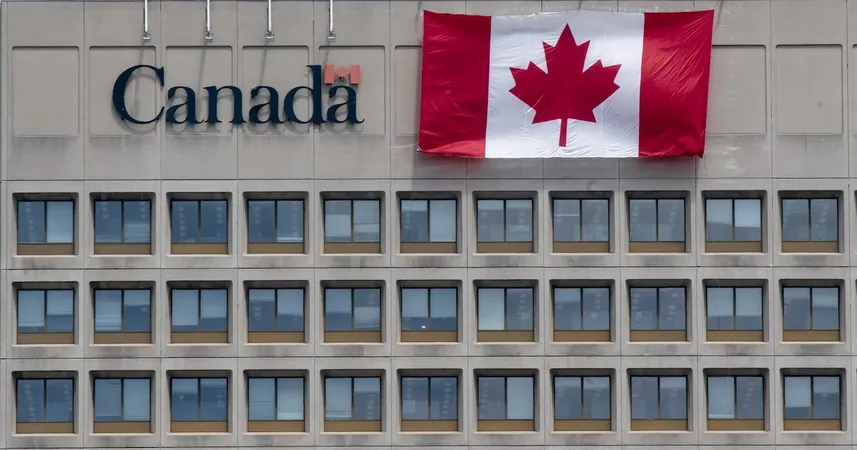
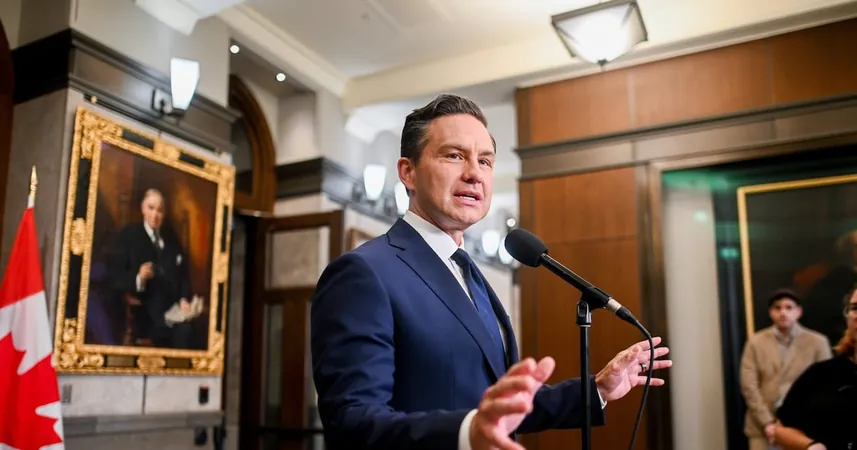
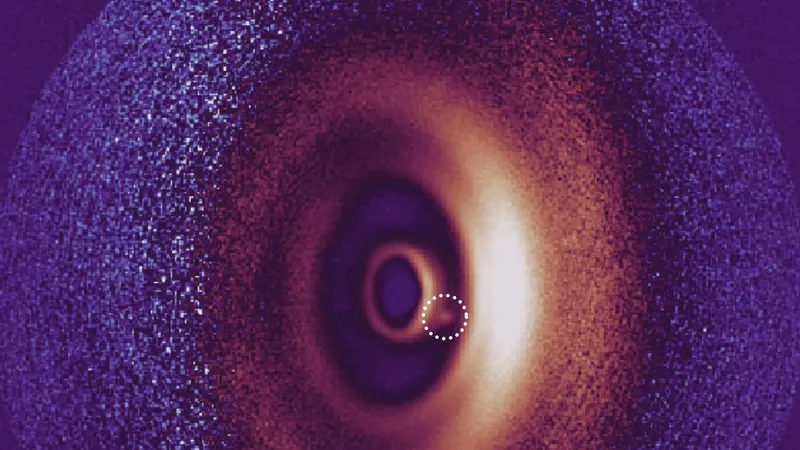

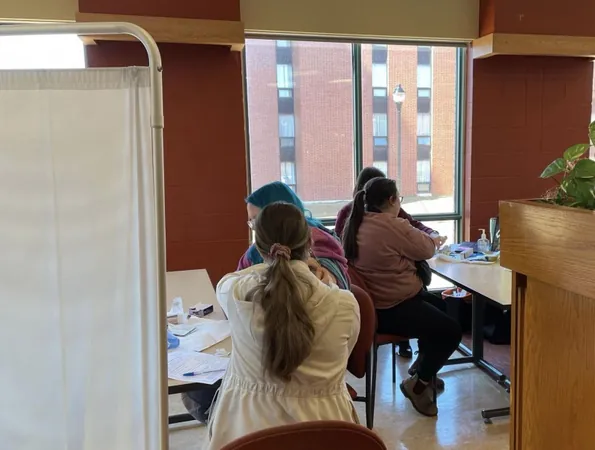

 Brasil (PT)
Brasil (PT)
 Canada (EN)
Canada (EN)
 Chile (ES)
Chile (ES)
 Česko (CS)
Česko (CS)
 대한민국 (KO)
대한민국 (KO)
 España (ES)
España (ES)
 France (FR)
France (FR)
 Hong Kong (EN)
Hong Kong (EN)
 Italia (IT)
Italia (IT)
 日本 (JA)
日本 (JA)
 Magyarország (HU)
Magyarország (HU)
 Norge (NO)
Norge (NO)
 Polska (PL)
Polska (PL)
 Schweiz (DE)
Schweiz (DE)
 Singapore (EN)
Singapore (EN)
 Sverige (SV)
Sverige (SV)
 Suomi (FI)
Suomi (FI)
 Türkiye (TR)
Türkiye (TR)
 الإمارات العربية المتحدة (AR)
الإمارات العربية المتحدة (AR)